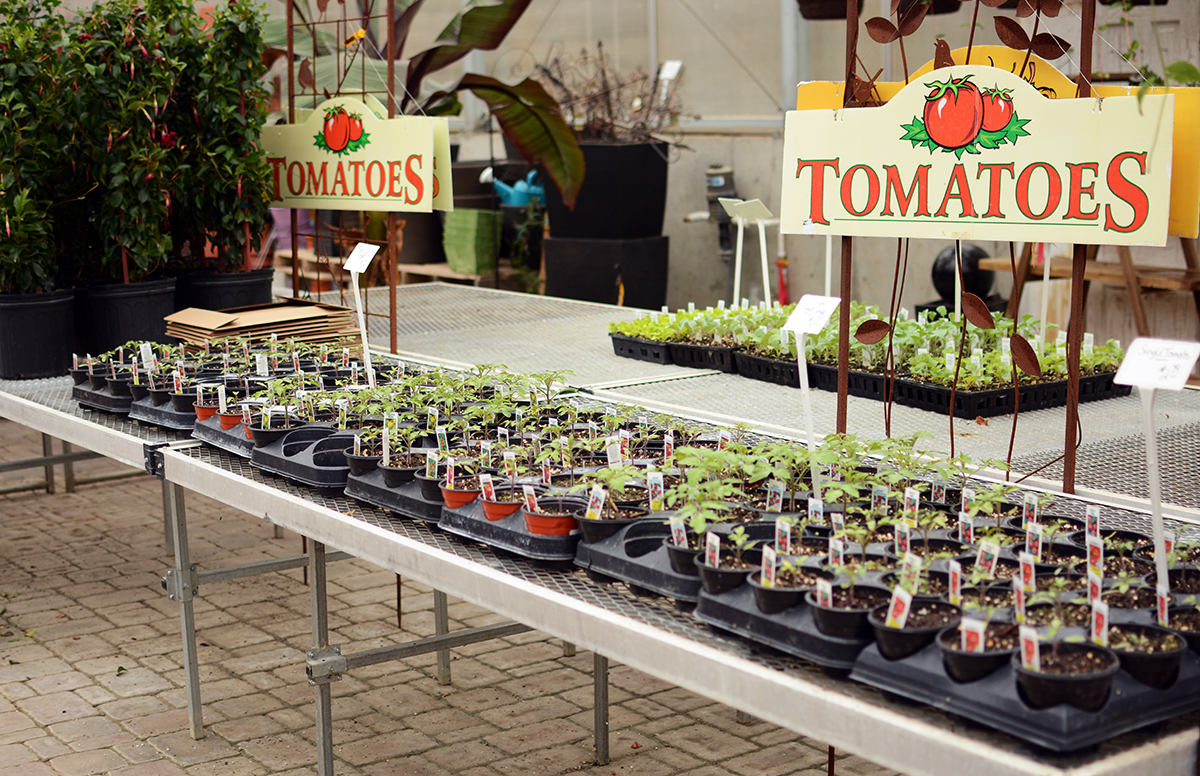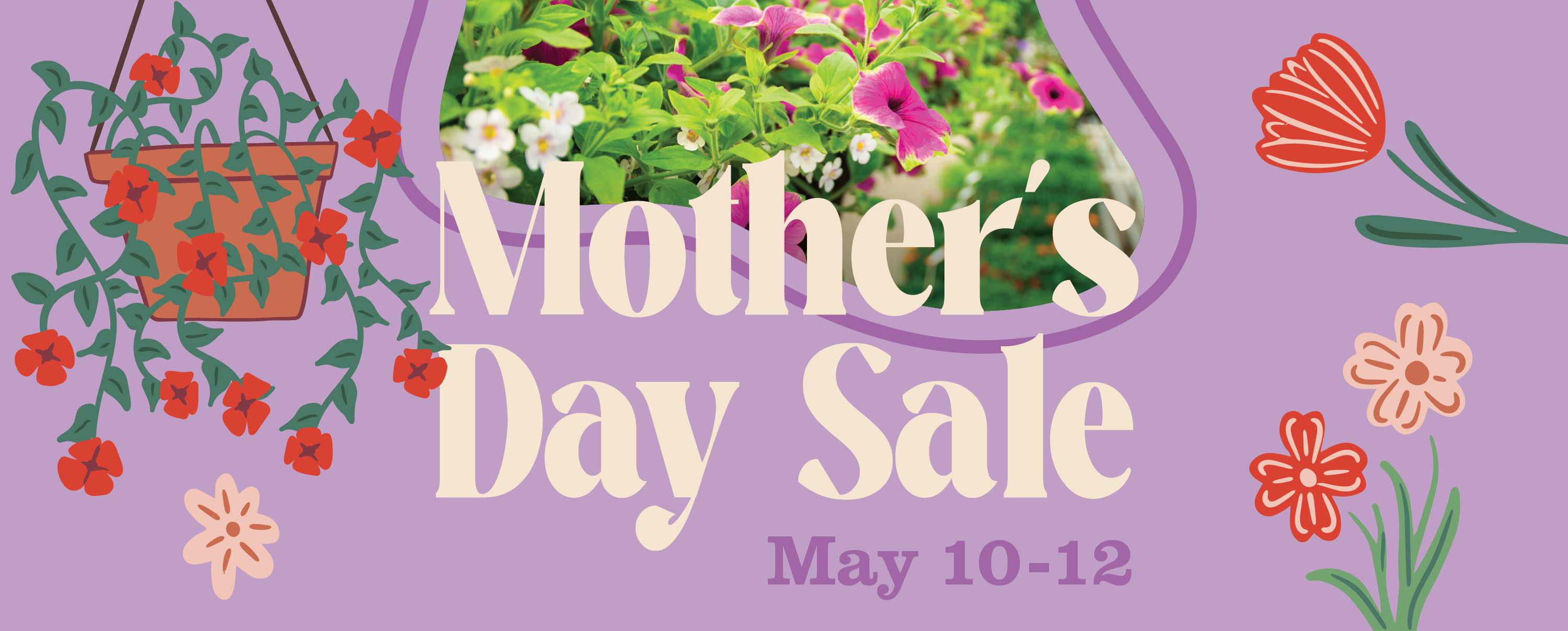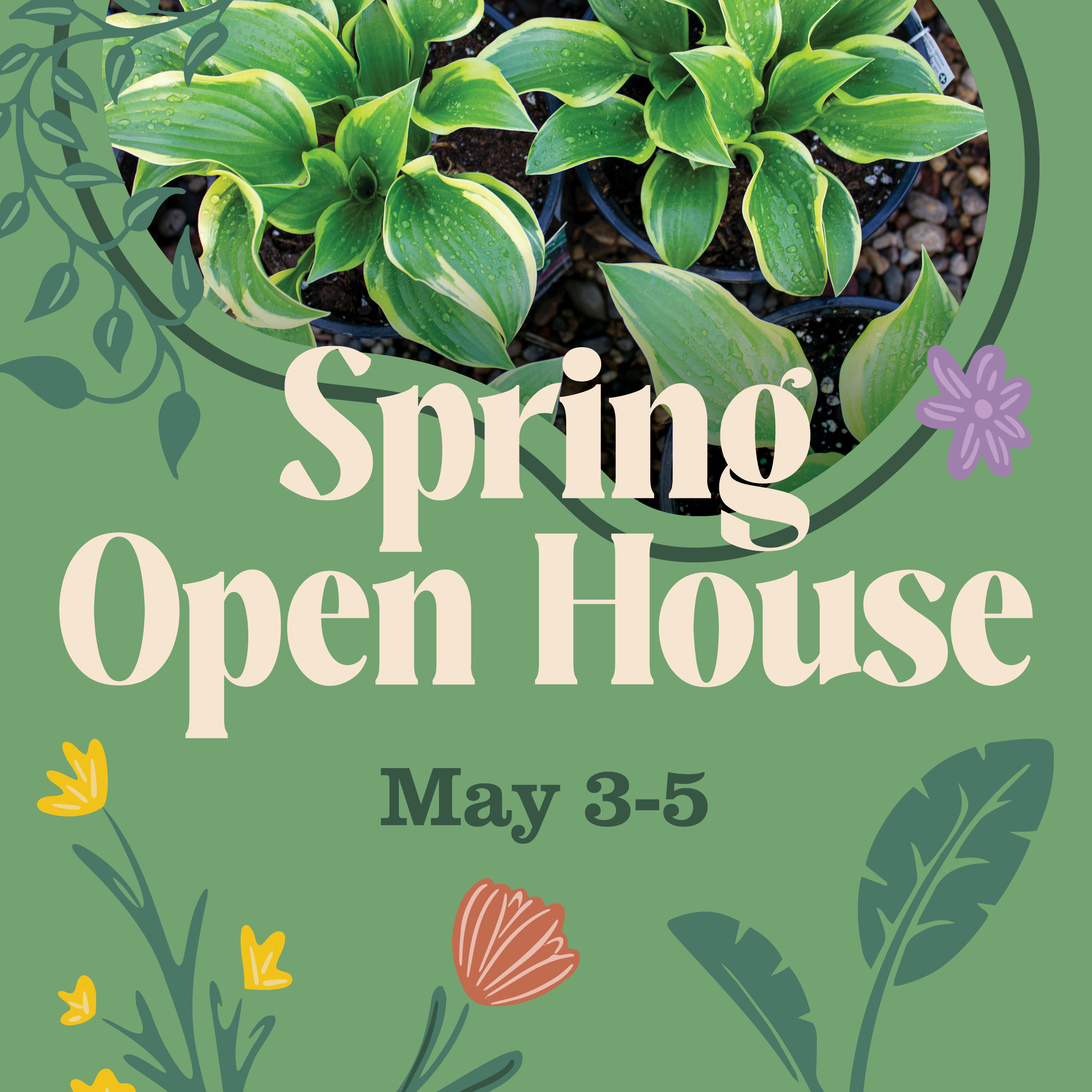How to Plant Your First Vegetable Garden

Fresh vegetables – there’s nothing like their vibrant, juicy flavors.
If you’ve never tried to grow your own vegetables there’s a lot to learn, but the best way to get familiar is to just jump in and start planting.
There are two ways to start growing – directly from seeds or by purchasing plants that have already started growing at the nursery. It’s fun to try both methods.
Crops like tomatoes, peppers and cucumbers start great as plants, while beans, peas and squash are easy to start by seed. Tomatoes, peppers, cucumbers and potatoes grow particularly well in our local area. Of course, also consider which vegetables you like to eat!
Once you’ve decided which vegetables you’re going to grow, it’s time to prepare their space. Before you plant your vegetables, you should turn the soil over and add peat moss and composted manure to enrich it. This will give your vegetables the foundation for a stable and productive season.
Even if you don’t have a yard, you can still plant some vegetables. When planting vegetables in a pot, make sure that it’s 12 inches in diameter or larger so that the plants have plenty of space. Tomatoes, bush cucumbers and peppers do well in pots, as do any herbs. Pro tip: Always try to keep container plants evenly moist.
Next, if you’re planting outside, put down fabric or mulch between your rows to keep weeds under control. Each vegetable plant needs to be placed at least a few inches from the next. Distance requirements can vary by type of vegetable – so don’t be afraid to ask a specialist at Oakridge for specifics. Spacing vegetable plants too close together can stunt their growth and hinder air flow.
Finally, planting a few flowers like marigolds or nasturtiums will make your garden look prettier and help with insect control. Marigolds can also discourage rabbits.
When is the best time to plant? Lettuce, radish, carrots and broccoli are called cool season crops and can be planted directly into your garden in April. These cool-season crops thrive in the lower temperatures of spring and can even tolerate light frost. Otherwise, our weather is unpredictable around here so to be on the safe side wait until after the first week in May for most vegetables.
Happy planting!




